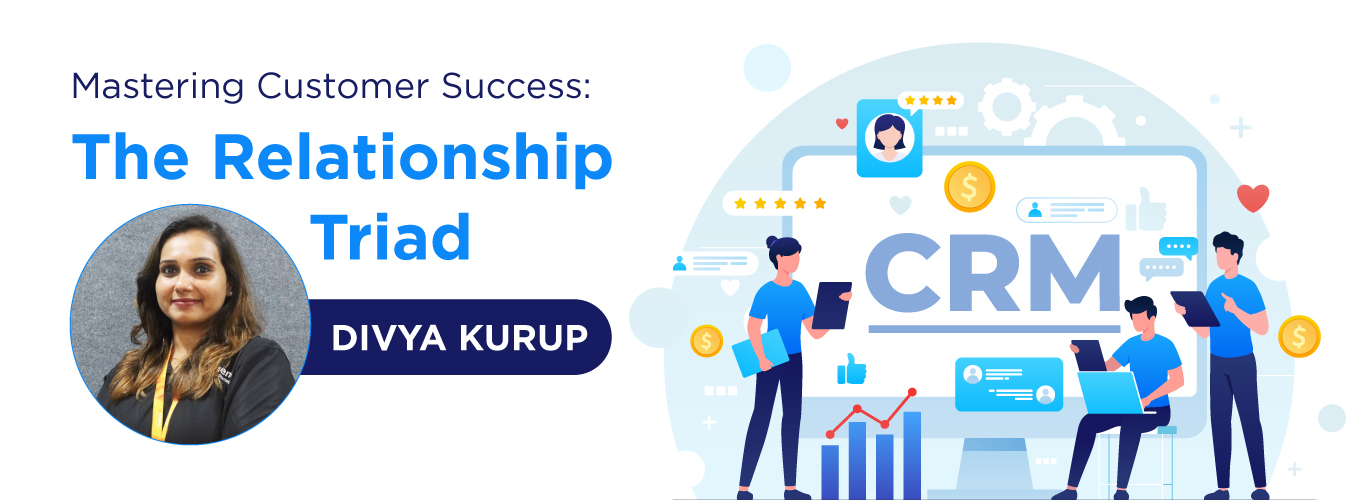In today’s competitive staffing market, the key to standing out lies in building strong relationships with clients. A well-crafted customer success plan is essential in this process, helping you understand and communicate the value your business brings to clients. By focusing on their needs and aligning your services with their goals, you can create lasting partnerships that foster growth, enhance brand value, and open new revenue streams. Without a strategic customer success plan, retaining clients becomes a challenge, but with the right approach, you can elevate your business to new heights.
Understanding the Purpose of a Customer Success Plan
A customer success plan aims to strategically align key activities with the goals and objectives of the customer, ensuring they receive the necessary support to achieve success. The plan begins by gathering detailed information about the target customer, including their goals, challenges, knowledge gaps, and current stages in their journey. This foundational understanding helps in crafting an approach that truly caters to the customer’s unique needs.
With these insights, the plan outlines prioritized opportunities that align with the products and services offered, providing specific recommendations designed to help the customer meet their objectives. In practice, this might involve a comprehensive overview of service engagements, tailored offers, and targeted initiatives that address the customer’s needs and aspirations directly.
The Relationship Triads for Shaping Customer Success
With over 13 years of experience in customer success, I’ve gained valuable insights into the dynamics of client relationships. Here are the three core principles of client relationship management that we firmly believe in:

1. Proactively Anticipating Client Needs
Anticipating a client’s needs can leave a lasting impact. Imagine being ready with a solution even before they express a need. Not only does this simplify both your tasks, but it also allows you to deliver quality results ahead of deadlines. While it takes time to understand a client’s needs, especially with long-term collaborations, it’s easier to start with demand forecasting for new clients. This collaborative approach in project planning ensures your skills, and you will stay ahead and can anticipate their requirements more efficiently.
2. Adopting a Solutions-Driven Mindset
The value you bring to clients increases significantly with a solutions-centric approach. This is built through industry knowledge, predictive analysis, and a commitment to going the extra mile. It’s not just about having the right information but about knowing how to apply it effectively. Open communication plays a vital role here. Keep your clients informed about the value you’re delivering and how you’re addressing their needs with tailored solutions.
3. Building Trust and Fostering Transparency
Trust is the cornerstone of any successful relationship, and it is especially crucial for fostering long-term client partnerships. Trust and loyalty are nurtured through transparency. Think of transparency as the adhesive that strengthens client relationships. By consistently delivering on your promises, openly addressing challenges, and backing up your words with smart solutions, you’re not just earning trust. You’re setting the stage for more opportunities and mutual success.
These three principles form the foundation of strong client relationships. Mastering this triad will help you create lasting partnerships and drive collective achievements.
Key Steps to Creating an Effective Customer Success Plan
Creating an impactful customer success plan can transform your business and drive long-term growth. Here’s a step-by-step guide to developing a plan tailored to your business:
Step 1: Understand Customer Goals
Engage with your customers to grasp their expectations and desired outcomes. For instance, a digital marketing agency may focus on goals like increasing online sales, improving website traffic or enhancing conversion rates.
Step 2: Map the Customer Journey
Break down the customer experience into stages like discovery, purchase, onboarding, and ongoing usage. Identify pain points and opportunities at each stage to improve the overall experience and reduce friction.
Step 3: Set Specific, Actionable Objectives
Define measurable objectives aligned with the customer journey. For example, ensure that at least 90% of new customers receive a personalized experience within a set timeframe to boost engagement and satisfaction.
Step 4: Personalize Plans for Different Customers
Segment customers based on factors such as industry, purchasing behavior, or usage patterns. Tailor offerings to each segment, ensuring they receive the appropriate support, communication, and resources.
Step 5: Regularly Review and Adjust the Plan
Schedule regular evaluations of your customer success plan using feedback, metrics, and performance data. Continuously adapt your strategies based on insights to ensure your plan meets evolving customer needs and expectations.
Building a Strong Customer Success Plan
To conclude, a well-crafted customer success plan is essential for long-term business growth. By understanding customer needs, customizing services, and continuously adapting strategies, businesses can ensure a positive and rewarding experience for their clients. Leveraging the right tools, such as Hiver, further enhances customer service efficiency, helping businesses build stronger relationships and deliver exceptional results consistently.


